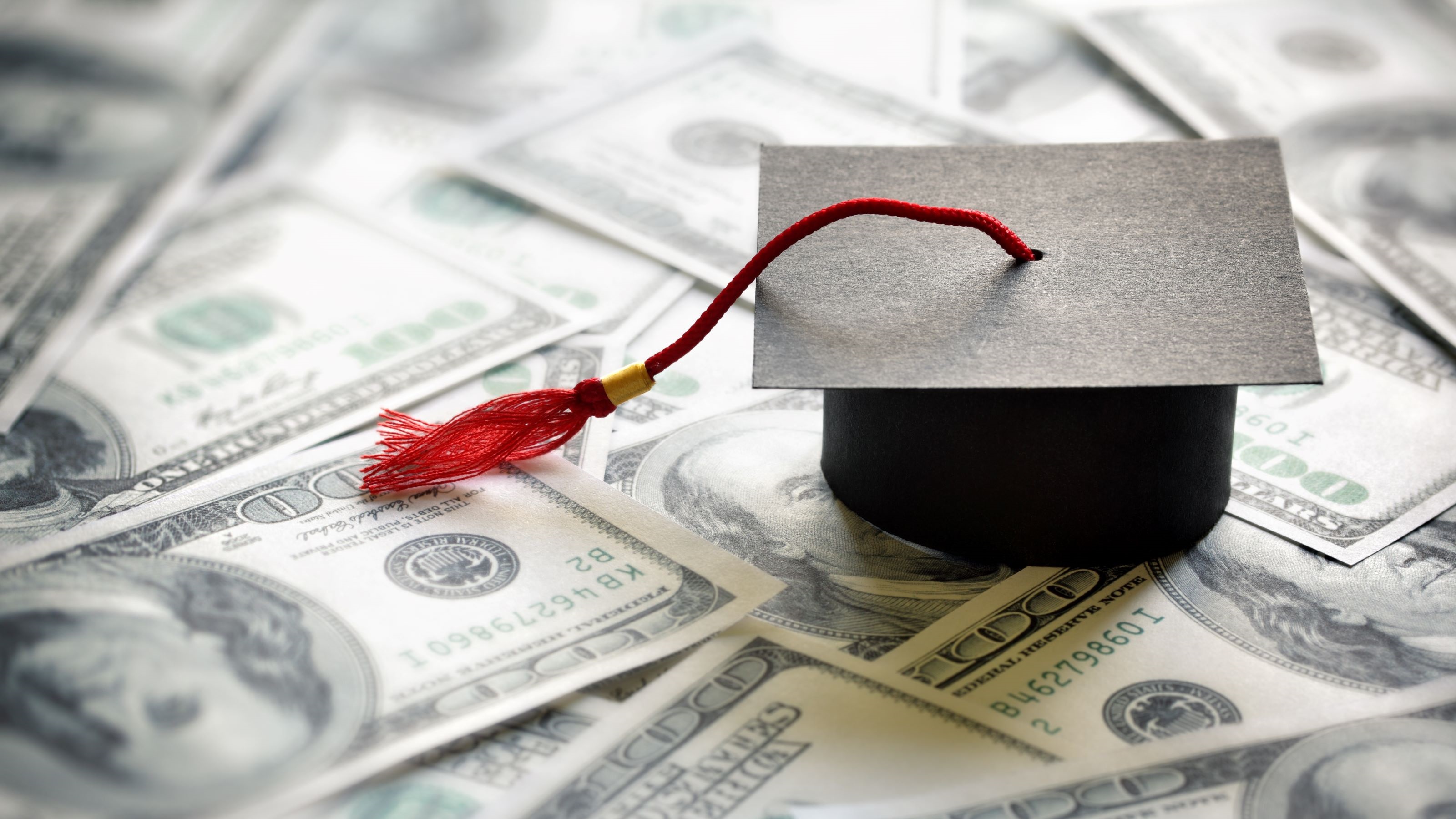Student Loan Borrowers See Struggle As Payment Pause Ends
With payments set to resume in October, student loan borrowers will be forced to make tough decisions regarding their finances, study shows.


Some 37 million borrowers are preparing to start paying student loans again, but a large portion of them are expected to struggle with payments once forbearance ends, according to a new study.
Come October, the federal student loan payments pause that took effect in 2020 will come to an end. This is “grim news” for borrowers who do not feel confident in their ability to juggle student loan payments and comes at a time when U.S. credit card debt is at an all-time high, according to the study, which was conducted by The Harris Poll on behalf of Intuit Credit Karma and polled 2,059 adults including 394 who currently hold federal student loan debt.
Some 56% of federal student loan borrowers said they will need to choose between making their monthly payments or buying necessities such as rent and groceries, because they cannot afford both, according to the study. The percentage of those forced to make that choice swelled to 68% for those with annual incomes of $50,000 or less.

Sign up for Kiplinger’s Free E-Newsletters
Profit and prosper with the best of expert advice on investing, taxes, retirement, personal finance and more - straight to your e-mail.
Profit and prosper with the best of expert advice - straight to your e-mail.
Given the situation, 45% of borrowers said their loans will become delinquent once forbearance ends. For those with annual incomes of $50,000 or less, the percentage of borrowers expecting to go delinquent grew to 53%.
Struggle paying bills now
The study revealed that 53% of borrowers said they are struggling at present to pay bills such as auto loans, mortgages and credit cards, even though they have not been making student loan payments.
Some 44% of borrowers do not believe the return on investment for higher education in the U.S. is worth it, according to the study. More than half of student loan borrowers also said the thought of resuming payments on their loans negatively impacts their mental health.
For those that could find themselves in a difficult situation by October, Courtney Alev, Credit Karma consumer financial advocate, advises borrowers to review their cash flow over the last few months to see if they have money left over that can be put toward their payments.
“If that’s not the case, they should look for areas they might be able to cut back on [with] their spending,” Alev said. They can also visit studentaid.gov to learn how they can potentially lower their monthly payments by applying for an income-driven repayment (IDR) plan and/or the Department of Education’s newest SAVE plan, she added.
Related Content
Get Kiplinger Today newsletter — free
Profit and prosper with the best of Kiplinger's advice on investing, taxes, retirement, personal finance and much more. Delivered daily. Enter your email in the box and click Sign Me Up.

Joey Solitro is a freelance financial journalist at Kiplinger with more than a decade of experience. A longtime equity analyst, Joey has covered a range of industries for media outlets including The Motley Fool, Seeking Alpha, Market Realist, and TipRanks. Joey holds a bachelor's degree in business administration.
-
 Stock Market Today: No 'Powell Put'? No Problem
Stock Market Today: No 'Powell Put'? No ProblemInvestors, traders and speculators look beyond both another Trump post and more signs of slowing economic activity.
By David Dittman
-
 How Many IRS Commissioners Have We Gone Through This Year?
How Many IRS Commissioners Have We Gone Through This Year?IRS Who were the former commissioners, and why did they resign? Find out how IRS turnover can impact your taxes.
By Kate Schubel